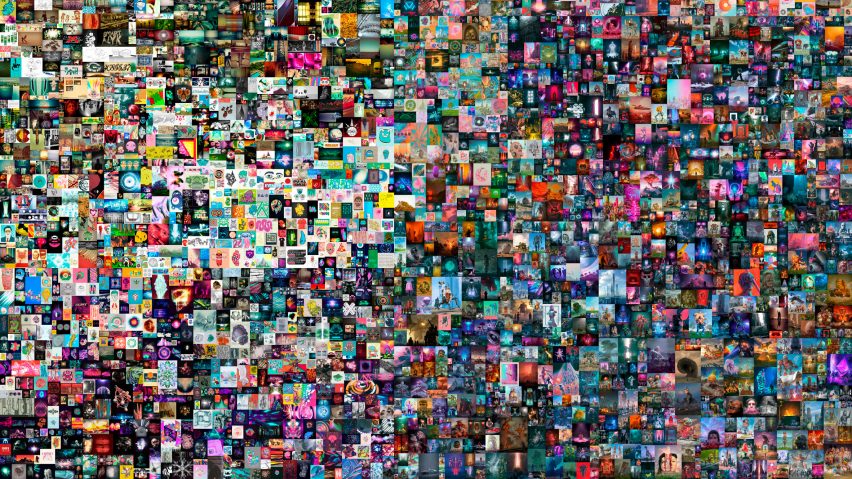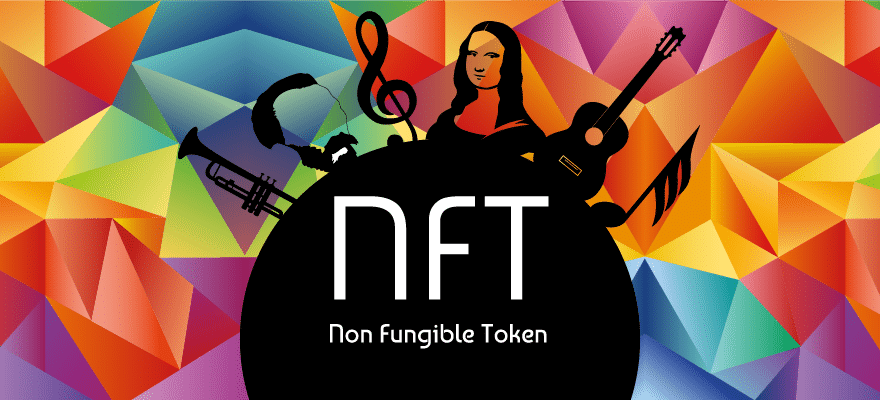During these last months, I guess you guys have been bumping on NFT (Non-Fungible Tokens) news and content. The business world is pointing the finger on this new way of investing and many collectors, artists and consumers from all over the world are interested in getting this opportunity.
Have a look at the search trends for “NFT” in Google:

Ok, ok… but what does NTFs mean? This acronym is stands for:
- “Non Fungible” – It refers to an asset – or a kind of ‘good’ – that is unique and can’t be replaced or interchanged with one another. For example, a house is not fungible because it cannot be traded for another house. In the opposite side, there are the ‘fungible assets’, like money, which can be swapped. For example, you can swap a $20 note for two $10 notes and it will have the same value.
- “Tokens“- are programmable digital units of value that are recorded on a distributed protocol such as a blockchain.
Put more simply, the NFTs – Non Fungible Tokens, are something like a digital collectible. Basically, we mean unique virtual tokens that can represent anything from art to sports memorabilia.
From the economics perspective, NFTs represent the physicalization of the digital goods for the real world. For example, traditional works of art such as music are valuable because they are one of a kind. But digital files can be easily and endlessly duplicated. With NFTs, artwork can be “tokenised” to create a digital certificate of ownership that can be bought and sold.
It represents a big change from the perspective of Economics. Think at how the easily and endlessly duplication of digital goods impact the demand and supply equilibrium: an increase in demand does not increase price. In fact, price remains constant at any level of demand, and efforts to increase demand do not create a supply imbalance and associated price increase, as commented in one of my previous posts. By the Non Fungible Tokens, we get a new parameter in the equation – the scarcity – and the digital goods get now back under the Adams Smith’s law.
Basically, and this is part of this big change, we’re looking at price discovery for feelings. Never before have we had the technology to be able to abstract intangible constructs and place them on a global marketplace. Therefore, we are a step away from price discovery on feelings such as, “I enjoy using this product” or “This game has taught me a lot,” or “I really appreciate being able to connect with my parents oversea.”
Because of this, it could give rise to new range of possibilities for new use cases and business models for platforms and services that could impact how future markets work.
The NFTs can be traded easily through main and secondary markets, as well. Just some hits to highlight:
- On 19 February, an animated Gif of Nyan Cat – a 2011 meme of a flying pop-tart cat – sold for more than $500.000.
- Christie’s sale of an NFT by digital artist Beeple – whose real name is Mike Winkelmann – for $69M set a new record for digital art.
- It is not just art that is tokenised and sold. Twitter’s fouder Jack Dorsey has promoted an NFT of the first-ever tweet, with bids hitting $2.5M.

There are few platforms where you can interchange NFTs:
- OpenSea: it is the largest NFT marketplace currently in operation. If you want the ability to browse all types of NFTs, from digital art to rare collectibles, this is the exchange for you.
- Nifty Gateway: this marketplace is powered by crypto-exchange Gemini.
- SuperRare: SuperRare is a digital artwork auction house meets social network. SuperRare believes that collecting is, at its core, a socially-driven pastime. SuperRare is currently still in its early adopter phase, with only a few choice artists being selected to be added to the marketplace.
- NBA Top Shot: this marketplace is the future of sports memorabilia and the digital answer to sports collectibles. Allowing its users to own the best moments from NBA history, NBA Top Shot is where sports lovers can bid on and collect Top Shop Moments in 3 categories: Rookies, Vets and Rising Star Players.
Many people claim NFTs are the new bubble. I do not agree and however it is still too early to draw any conclusions about it.
Stay tuned!
